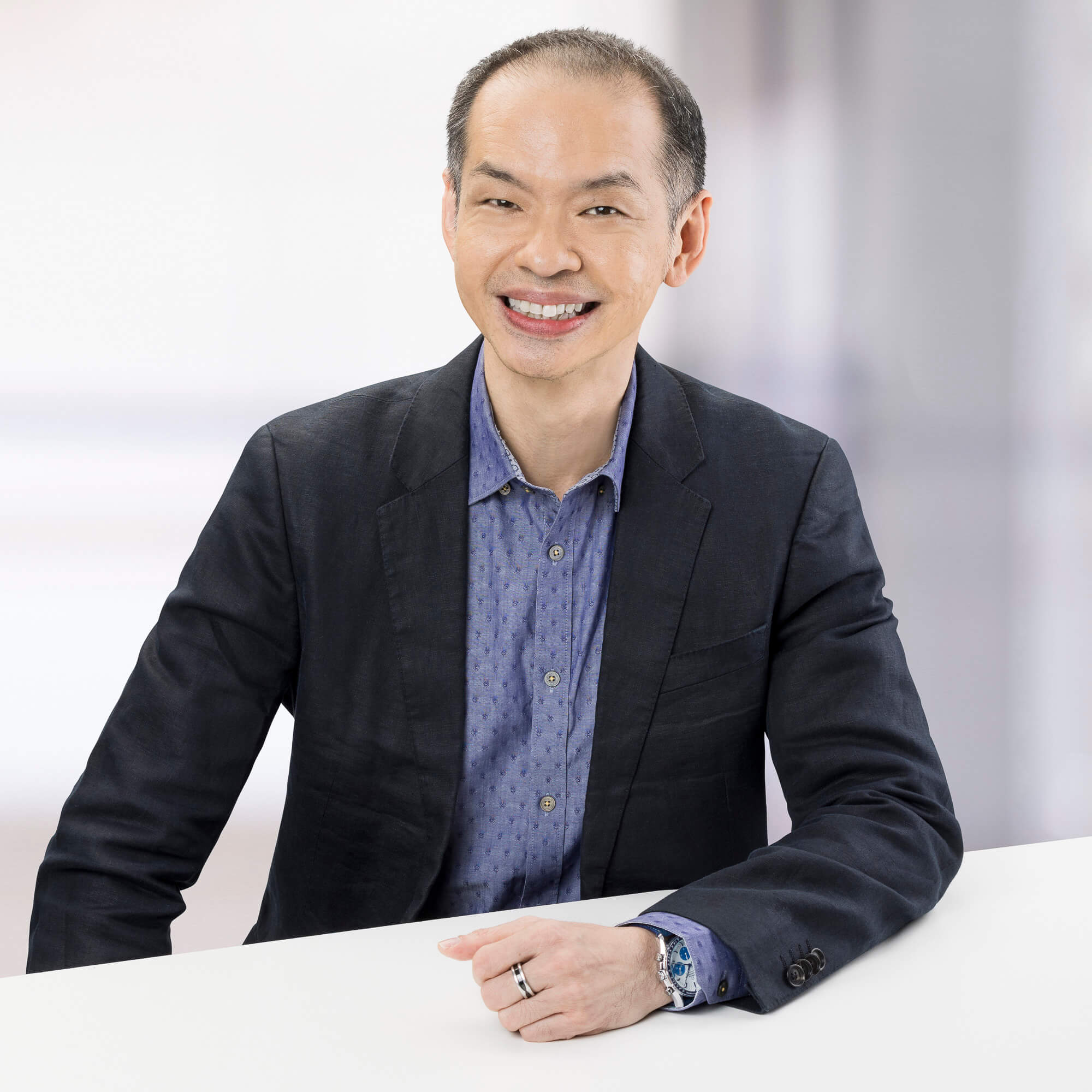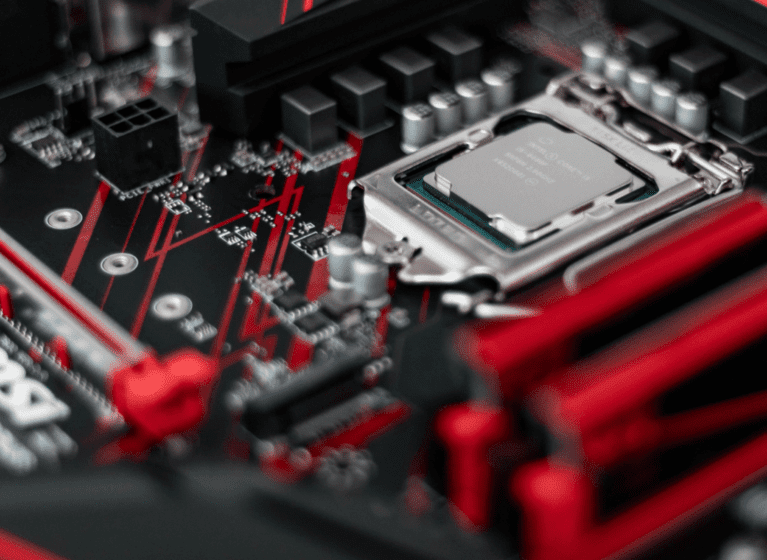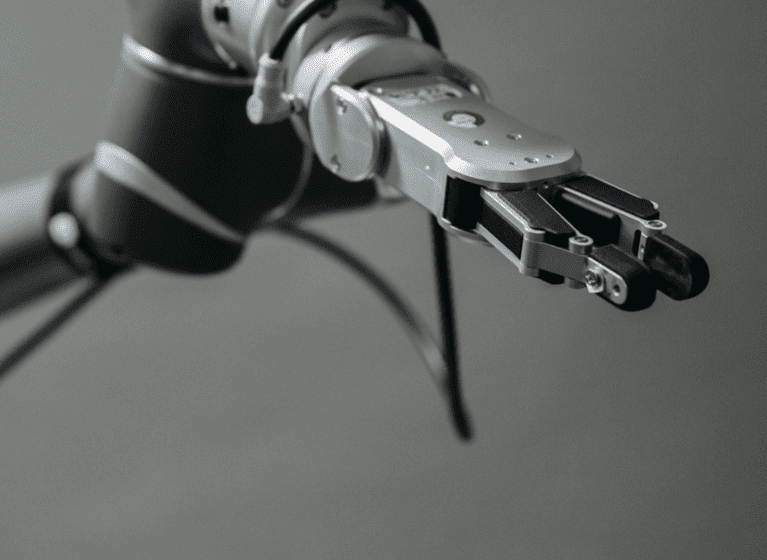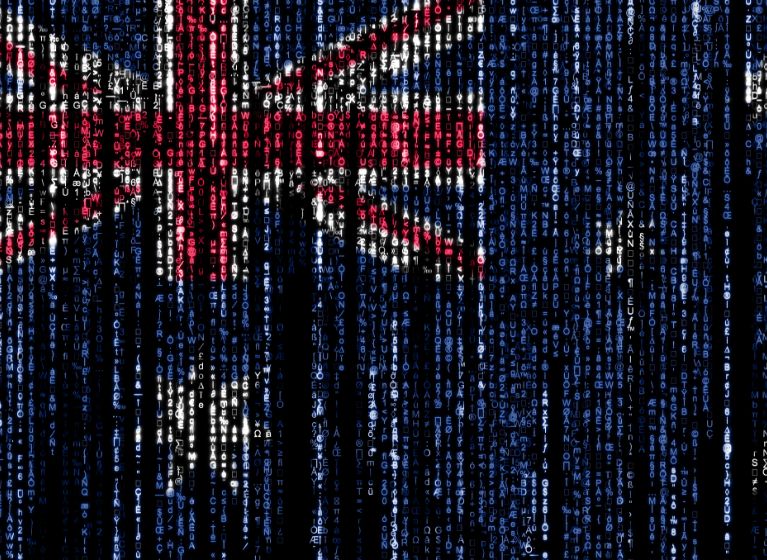Registered design applications in Singapore will undergo a more robust formalities assessment from now on, with more attention paid to the statement of novelty and the figures accompanying the applications compared to in the past. A careful review of the statement of novelty and the figures accompanying the applications is advisable when filing design applications in Singapore to avoid the potential additional costs and delay associated with a negative formalities report.
Background
On 5 April 2019, in line with their vision of becoming a global IP hub in Asia with quality IP filings, the Intellectual Property Office of Singapore (IPOS) issued a Circular clarifying their practice for processing design applications filed with them. The following statement in the circular is of note:
An application for registration of a design that is, on the face of the application, not new or not registrable for any other reason may be refused in the exercise of the Registrar’s power under Section 17(2) of the Registered Designs Act.
On the face of the aforementioned statement, the bar for obtaining a registered design in Singapore appears to have been raised.
What will change for applicants?
Registered designs in Singapore have traditionally been a less popular option in relation to other registrable IP rights like patents and trademarks. Typically, annual filing numbers for design applications in Singapore hover around less than 15% of annual filing numbers for patent applications. However, applicants for registration of designs in Singapore have typically been able to obtain a registered design within 3 to 6 months of filing the application with relatively little difficulty.
With this new practice initiated by IPOS, two situations are likely to arise:
- IPOS will seek more clarifications from applicants in relation to their applications; and
- IPOS will refuse or at least object to a higher number of applications for registered designs than in the past.
How do applicants adjust to this change?
Whilst it would appear that applicants may encounter instances where their design applications could be refused, it should be appreciated that objections raised by IPOS based “on the face” of applications do not refer to a substantive examination of each application on its merits. This is because the legislation in its current form does not include any provision for substantive examination.
Section 16(1) of the Registered Designs Act is the only provision relating to the examination of an application, and it refers only to the determination by the Registrar of whether a design application “satisfies the formal requirements”. There is currently no other provision pertaining to examination of an application.
Thus, the circular from IPOS appears to indicate the application of a stricter formality assessment of applications. This may be as a consequence of the increased administrative load arising from the permissibility of multiple designs within one application since late 2017, and the increase in Hague Design applications after the USA became a member in 2015. This is also in line with the 10 year plan of IPOS to be a hub of quality IP filings in the region.
As a result of the stricter assessment by IPOS, greater care should be applied in relation to the consistency and the accuracy of the novelty statement and the figures submitted for each application. It is likely that greater care by applicants and scrutiny by IPOS will achieve the objective of higher quality filings, in relation to the certainty of a scope of protection provided by the novelty statement and the figures.
Conclusion
Based on an assessment of the entities who have been regularly filing design applications in Singapore, there appears to be substantial filings in the areas of consumer electronics, jewelry, furniture and automotive parts. Despite a large number of corporate entities that have commercial interests in Singapore in the aforementioned areas, filing numbers for registered designs continue to be subdued.
With a more robust formality assessment process in place for design applications, this is likely to elevate the status of registered designs, in particular when viewed in conjunction with the proposals to introduce post-registration substantive examination. This may in turn ultimately result in registered designs becoming a more sought after choice in the hands of proprietors when enforcing their IP rights in Singapore. Regardless of whether the applicants are start-ups or multinational corporations, there appears to be substantial upside for applicants as the scope of protection of registered designs is likely to be more clearly defined. Whilst there may be some inconvenience to applicants to respond to formality objections raised by IPOS, this will be minimised if design applications are thoroughly checked beforehand. The resultant increase in quality of registered designs and the designs register as a whole will hopefully result in greater usage of this erstwhile poor cousin amongst registrable IP rights in Singapore.










